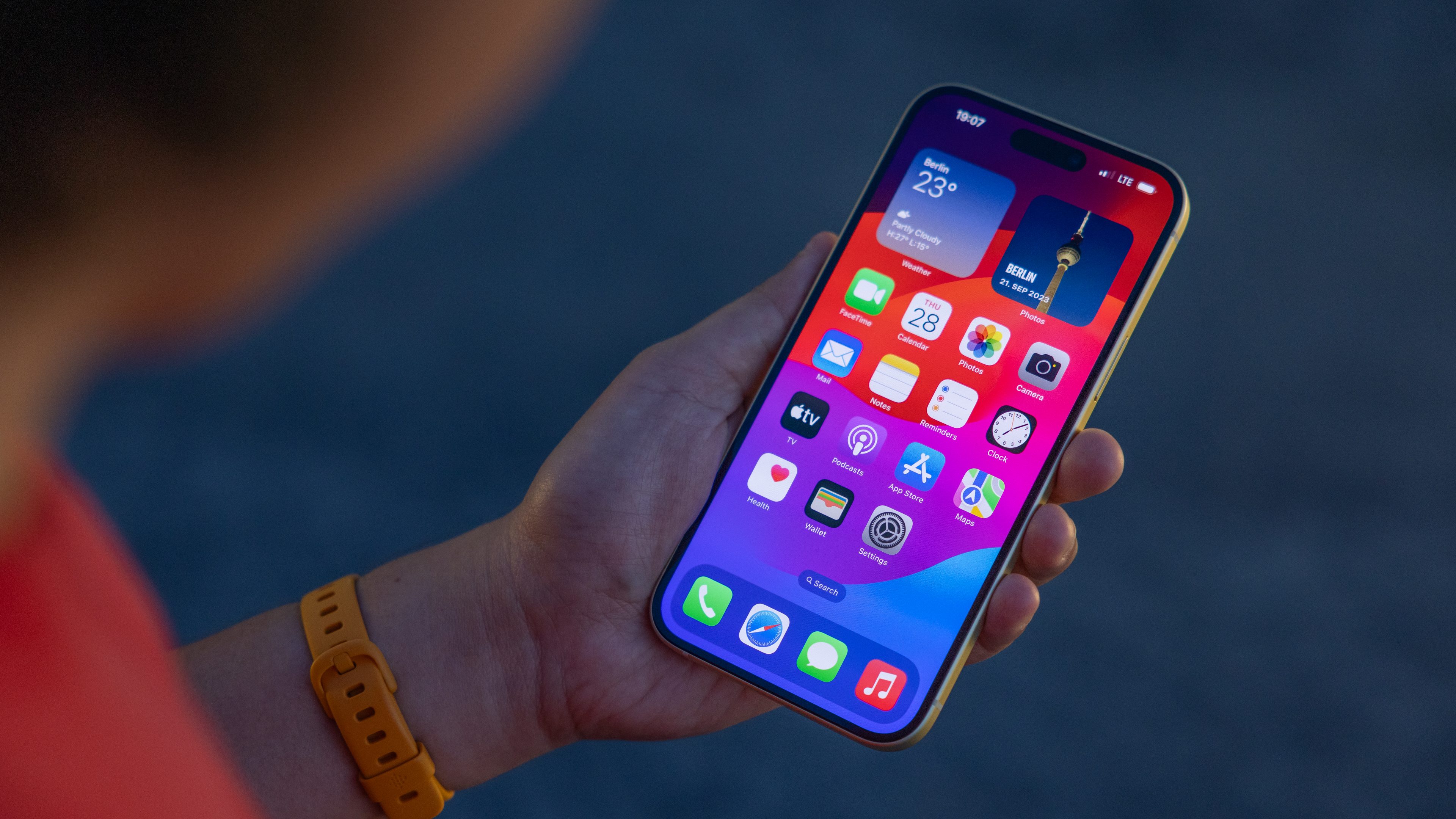How To Make iPhone Apps
Share

Every month, Apple’s app shop makes nearly a quarter of a thousand million bucks in the income of their apps and games. Every day, people are raking in masses to thousands of greenbacks daily via growing and selling those equal apps. I’m sure you’ve heard the memories of people like Ethan Nichols, the author of iShoot, making $six hundred 000 in a month, or the brain behind iFart, making $27,249 in an unmarried day. The numbers are both remarkable and inspiring, to mention the least. However, such figures lead the curious and logical character to ask, “But how precisely do these people make cash with iPhone apps?”

When searching through the consumer’s eyes, there are types of apps: paid and free, each having benefits and equally beneficial. The paid app revenue model is pretty trustworthy. Apps are supplied for sale at a set price, typically between 99 cents and $2.Ninety-nine, which can also seem modest initially, until you recognize that those numbers should translate to $1 million to $3 million in sales for a famous app without problems.
Alternatively, the loose app revenue version has its foundation in advertising, which it is based upon to herald income. Advertising itself is a multi-billion dollar enterprise monthly. With the variety of iPhone and iPhone app users currently at over 70 million and developing, groups realize the value in marketing through apps. Google AdSense and AdMob stand out at the leading edge of serving cellular commercials, frequently as banners that go for walks across the top or back of the app screen area. AdMob mobile commercials have resulted in over 474 billion impressions in its surprisingly short lifespan, which translates to plenty of satisfied advertisers and glad app builders with even happier wallets.
Again, I’m parting apps free of charge to the purchaser; they get a danger to look at your app for free. An unknown, impartial app developer may also have the hassle of getting people to pay for their apps, given that there can be a few uncertainties about interface, usefulness, capacity bugs, or technical system defects. But when the app is offered for free, the purchaser may be more relaxed, and the developer can gain the acceptance of a new customer who should repay in the long run, which introduces a brand new sales version growing in reputation and merges the unfastened and paid revenue models. This “freemium” model includes presenting the product without spending a dime first, then charging later, which has to be smooth after the customer has already established their necessity for the app. This way, app creators get a danger to coins in earnings through each advertising within the loose app and backend purchases.
There is more than one way of offering an app loss and creating wealth later. One can provide the capacity to liberate additional levels (for games) or functions (for apps) for a further price, which could, once in a while, offer a lite or demo model first. Or, some apps provide the whole app without spending a dime, then the ability to cast off advertisements for a fee. Many builders also make cash by imparting a loose app with “in-app” purchases, which allows the app person to buy gadgets using virtual currencies that assist them in using the app or improving in the sport. Facebook’s Mafia Wars is one of several video games that are offered to enforce this version. This model can be complex, but because builders must provide an extra purchase that complements the app or sports revel while simultaneously no longer dishonest folks deciding not to upgrade, making them feel like they have an incomplete, unusable app.








